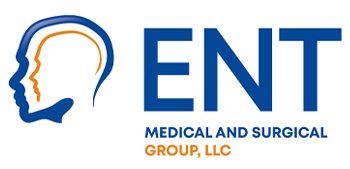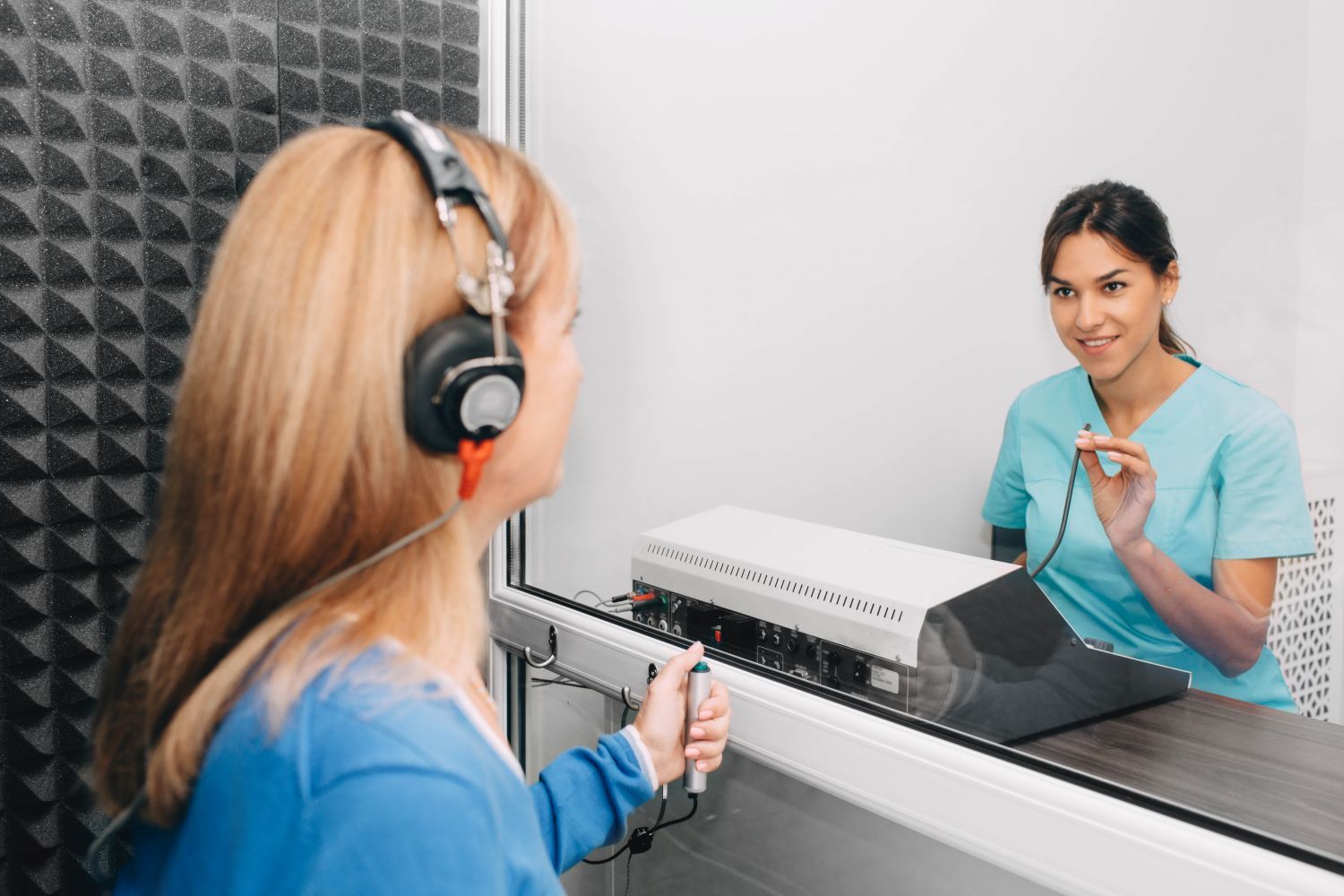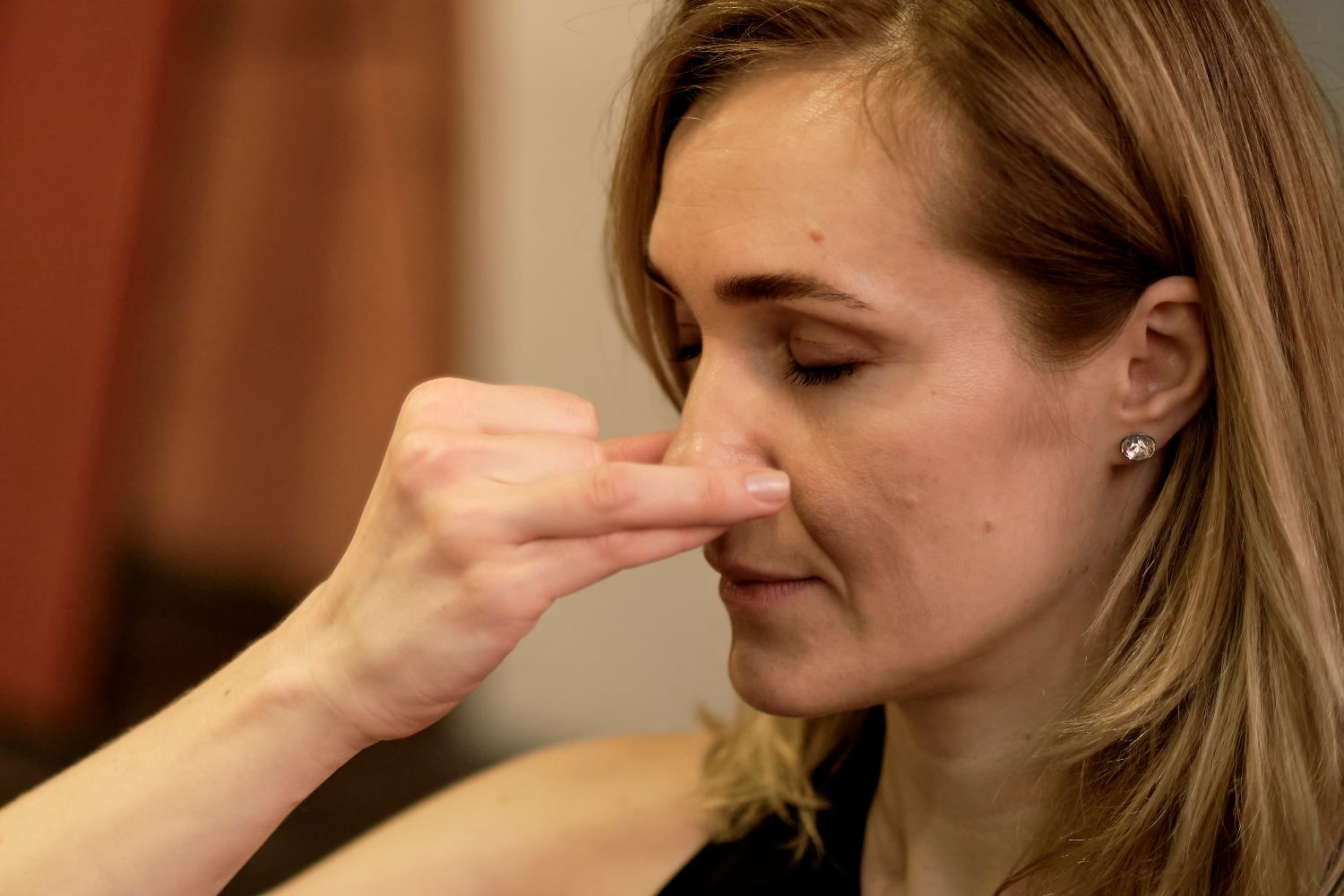Can the Change in Season Affect My Hearing and Hearing Aids?
Hearing aids are an amazing piece of technology, but like all technology, they can be affected by being too hot or too cold. As such, the changes from the warm summer season to the cooler fall season and further into winter can affect how your hearing aids work. Not only that, but our ears in general are very distinctive and temperamental structures, and can also be affected by the change in season.
Read on to learn more about how exactly the colder temperatures can affect your hearing and hearing aids.
How the Seasonal Change Affects Your Hearing
When it comes directly to your hearing, your ears and thus your hearing can change due to the change in seasons. For example, one of the most common causes of hearing difficulties in the fall can be caused by seasonal allergies, especially hay fever. You might find yourself experiencing periods of difficulty hearing or dry ears, both of which can be treated by over-the-counter allergy medications quite easily.
The cold also affects the blood vessels in the ears, which is why our ears tend to get colder quickly if left uncovered in cooler weather. Hats, headbands, and earmuffs can be a great and easy way to keep your ears warm and let the blood vessels in your ears act as they should. Frostbite can be particularly painful in the ears if they are left out in the cold since the ears are so sensitive to pain and damage.
How the Seasonal Change Affects Your Hearing Aids
Hearing aids can also be affected by the change of season. The cold and dry air can sometimes cause zinc-air batteries to drain faster than they normally would. Also, condensation that occurs can damage the internal components of the hearing aids as well. For example, if you’re wearing a warm hat that covers your ears, but you’re walking fast enough to sweat a little, the sweat can cause moisture damage to your hearing aids.
Luckily, any damage brought on by moisture can be fixed quite easily by properly cleaning your hearing aids. During the fall and winter seasons, try to do the following whenever you come in from outside, if possible:
● Check that the batteries have not been corroded by any moisture. If they have, there will be a crusty white substance on them. Make certain to change them instantly if you notice this. If you have disposable batteries, make sure they have been inserted correctly.
● Look at whether there is any moisture on the battery contacts. If you notice it, simply take a clean cotton swab and clean the moisture away.
We at ENT Medical and Surgical Group want to make certain you get the most out of your hearing aids and have a team ready to answer any questions you might have about hearing loss or hearing care. Schedule an appointment by contacting us today!













